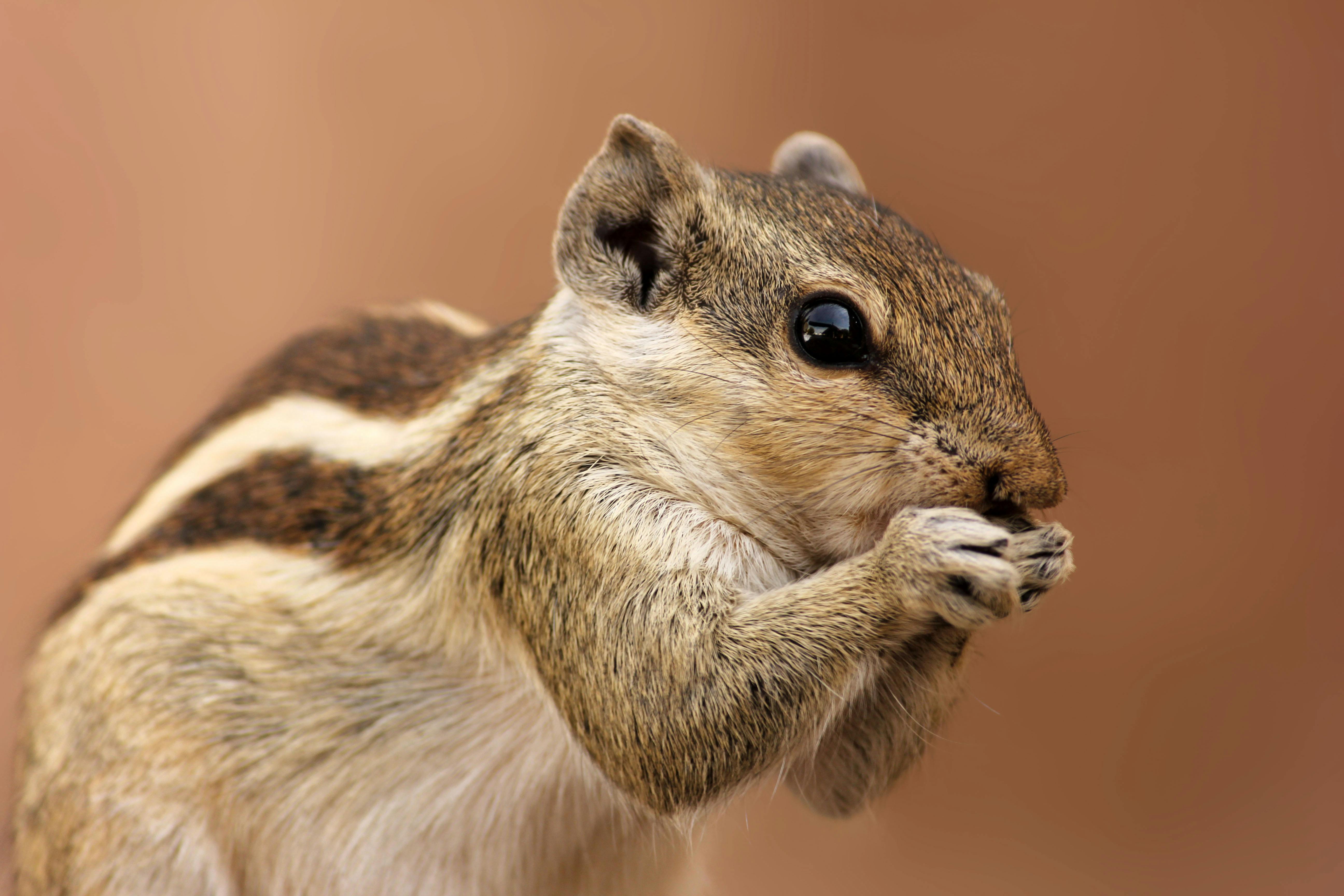Who is tense? oh verb tense
The man walks towards the house. The dog next to him trotted along, his tongue hanging out. The house was silent as he had been for over a hundred years. The dog runs for the front door, his tail a fan in the hot air.
The above paragraph makes me tense due to the change of verb tense from present to past to present. Oh, someone said he doesn’t know what I mean. Let’s see if I can explain about tense, but not in depth because it would be confusing at this point. The main topic of discussion will be the present and past tenses, with only a little information about the others.
First, what is the verb tense? Verbs change form to show time. The six main forms are called strain. we use oven main parts of a verb to create those six tenses: base or present form; past form; present participle; and past participle. The present participle and the past participle must always have an auxiliary verb to be used as a verb. Clear as mud, right? In other words, participle forms can be used as other parts of speech, not just as verbs in a sentence. Although that topic is a matter for another time.
The six tenses show the time from the present to the past and the future. Below is a brief explanation of all six. Irregular verbs differ in the forms of the tenses, and a writer should consult a grammar book to see the forms of irregular verbs:
voltage present shows an existing action or condition at the present moment. Use the base or present form without any verb or auxiliary verbs. The third person singular form of the present tense often adds -s Prayed -it is to the base form; irregular verbs differ.
Past shows action or conditions that begin and end in the past. The past form of the verb, which is used, has no auxiliary verbs.
future stress involves action or conditions that will begin in the future, which has not yet occurred, using the auxiliary verb Will Prayed shall before the base form of the main verb.
Perfect tense use the auxiliary verb to have Prayed has before the past participle of the main verb. This verb tense shows an action that started in the past and continues in the present, or that happened some indefinite time in the past.
Perfect past shows an action that started in the past and finished before another past action started. the help word Dyed It is used before the past participle of the main verb.
Perfect future use auxiliary verbs Will (or shall) and to have before the past participle form of the main verb. Shows a future action that will be finished before another begins.
However, for writing, we generally use the present tense or the past tense for most of the exposition or narration. Not being consistent with tenses causes problems.
Using the present tense is difficult to use effectively. Everything has to be happening in the present, not in the past. Many writers who start using the present tense find that they slip into the past tense and then perhaps back to the present, as in the illustration above. Many readers are not comfortable reading something written in the present tense. When a reader doesn’t, then the author has lost his audience.
Most authors use the past tense in their work. They and their readers feel more comfortable doing it, keeping the same time also easier.
Good writing requires the author to maintain consistency in writing, using either the present tense or the past tense without switching from one to the other. Some writers can write part at one time and part at another time, but it takes a very skilled author to do it effectively and correctly.
An author fails when he doesn’t write something that others want to read. The lack of consistency in verb tense causes readers to stop reading due to confusion. Some work on the part of the writer may result in work that others want to read and may enjoy.
Sources:
1. Notes and Lesson Plans by Vivian Zabel
two. Writer’s Buddy: High SchoolPrentice Hall
